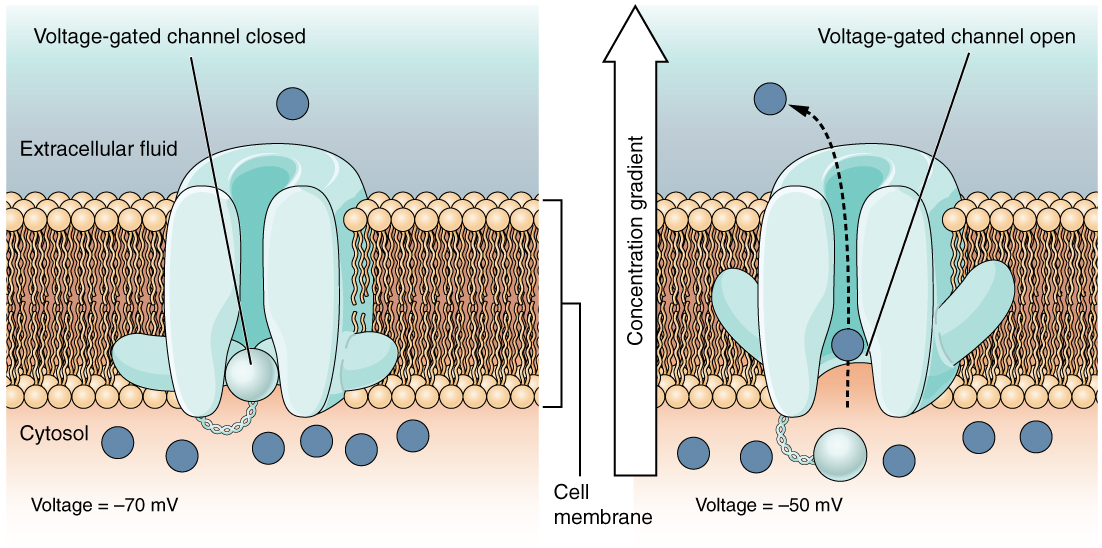This is a default text for your page '. Click above on edit this page' to modify. Be careful with the < and > signs.
You may include any references to papers as in: the use of JSmol in Proteopedia [1] or to the article describing Jmol [2] to the rescue. ...
General Overview
Human Carbonic Anhydrase I is an enzyme necessary to regulate the amount of carbon dioxide and carbonic acid in the blood. According to Supuran CT, Carbonic Anhydrase also plays a key role by providing CO2 transport in the blood, in turn helping respiration processes[3]. It is listed in protein data banks under the ID 2CAB. This protein is produced by the Human CA1 gene. Human Carbonic Anhydrase I was discovered in 1932 and is found within Class One of the three Carbonic Anhydrases. Class one is designated for alpha carbonic anhydrases found in mammals, class two for beta carbonic anhydrases found in plants or bacteria and finally class 3 which is gamma carbonic anhydrases found in methanogen bacteria in hot springs. Unlike many enzymes, Human Carbonic Anhydrase I can be found in many different places in the body and perform various tasks.
Function
Normal cellular respiration produces carbon dioxide as a waste product. Because of this, there needs to be a mechanism to remove this waste product, or it will accumulate in tissue. If this happens, the tissues wont be able to receive adequate oxygen. This leads to a condition called hypercapnia. Unfortunately, carbon dioxide is difficult to remove without converting it into carbonic acid and bicarbonate ions first. Carbonic anhydrase is used to interconvert water and carbon dioxide to carbonic acid and visa versa via a hydrolysis reaction. The result of this reaction is a better balanced pH in the blood and influences the transport of CO2 within the blood. Without this enzyme, only 15 percent of carbon dioxide would be removed from the tissues. The zinc ion in the center of this protein helps facilitate the interconversion of carbon to bicarbonate by depronating a water molecule. This results in a nucleophilic water molecule. The nucleophilic water molecule will then attack a carbonyl group on the carbon dioxide, which converts it into carbonic acid. Another reversible reaction can remove a hydrogen atom from the carbonic acid, resulting in a bicarbonate molecule and a free hydrogen atom.

Structure and Highlights
The molecular weight of this structure is 28.85kDa with an atom count of 2,010. There are a total of 260 amino acids in this protein, with the first amino acid in the sequence being alanine and the last being phenylalanine. The first four amino acids are not represented in this model. In the center of this protein is a ion. This structure contains five with a total of 48 amino acids used to form them. They have lengths of approximately 10,8,14,5 and 11 amino acids in respect to chain-sequential order. There are also ten formed with a total of 72 amino acids. They have lengths of 3,8,7,10,9,12,6,6,7 and 4 amino acids in respect to chain-sequential order. The beta sheets of this protein form a majority of the inner bulk. They are aligned in a formation in which they all sit upon a common axis. lastly, The beta sheets twist around the Zn^2+ ion to avoid direct contact.[4]
References
- ↑ Hanson, R. M., Prilusky, J., Renjian, Z., Nakane, T. and Sussman, J. L. (2013), JSmol and the Next-Generation Web-Based Representation of 3D Molecular Structure as Applied to Proteopedia. Isr. J. Chem., 53:207-216. doi:http://dx.doi.org/10.1002/ijch.201300024
- ↑ Kannan KK, Ramanadham M, Jones TA. Structure, refinement, and function of carbonic anhydrase isozymes: refinement of human carbonic anhydrase I. Ann N Y Acad Sci. 1984;429:49-60. PMID:6430186
3. Badger MR, Price GD (1994). "The role of carbonic anhydrase in photosynthesis". Annu. Rev. Plant Physiol. Plant Mol. Biol. 45: 369–392. doi:10.1146/annurev.pp.45.060194.002101.
4. Bank, R. P. D. RCSB PDB - 2CAB: STRUCTURE, REFINEMENT AND FUNCTION OF CARBONIC ANHYDRASE ISOZYMES. REFINEMENT OF HUMAN CARBONIC ANHYDRASE I https://www.rcsb.org/structure/2CAB (accessed 2021 -12 -03).

